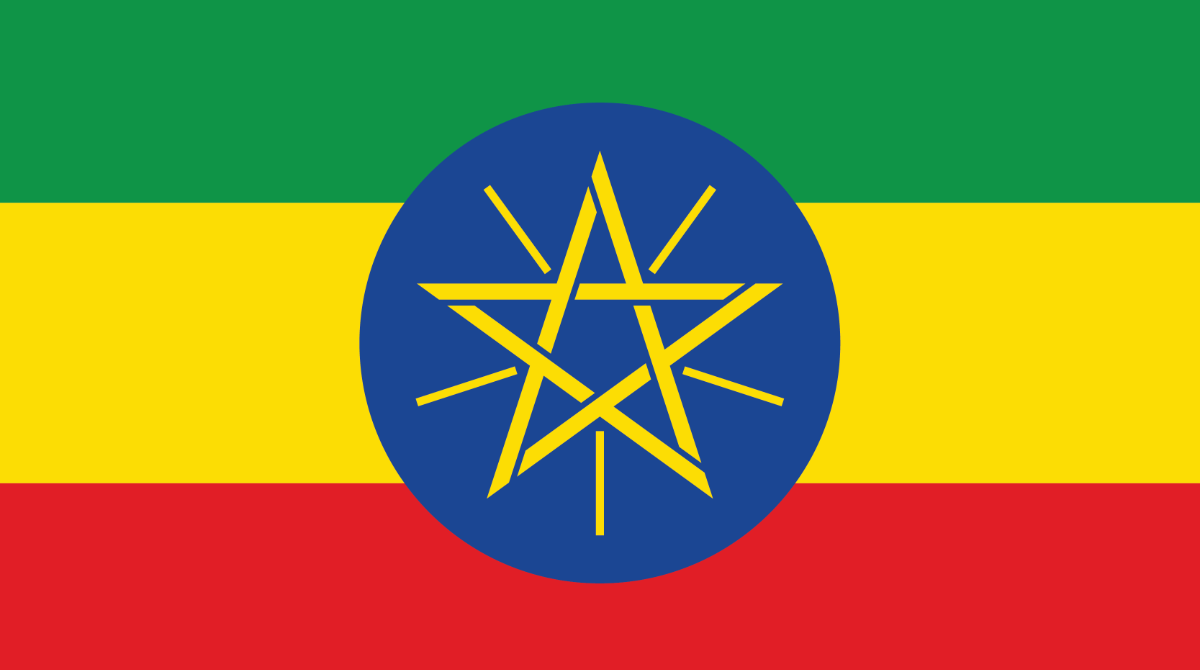At a glance
CDC works with partners in Ethiopia to build sustainable public health capacity, strengthen laboratory systems and surveillance networks, deliver high-quality HIV and TB diagnostic, treatment, and prevention services, and respond swiftly to disease outbreaks at their source, preventing health threats from reaching the U.S.

Strategic focus
The U.S. Centers for Disease Control and Prevention (CDC) established an office in Ethiopia in 2001. CDC Ethiopia works with the Government of Ethiopia (GOE), the Ministry of Health (MOH), and other partners to strengthen HIV and tuberculosis (TB) treatment and prevention through support from the U.S. President’s Emergency Plan for AIDS Relief (PEPFAR).
CDC and partners collaborate to improve HIV and TB case finding, care, and treatment services, as well as monitoring and evaluation, data-driven decision-making, disease surveillance, and laboratory and health workforce development. CDC collaborates with the GOE to provide technical, financial, and program management assistance. In FY2024, 72 percent of CDC funding went to the MOH, Ethiopian Public Health Institute, and Regional Health Bureaus.
Read more about CDC's most recent key activities and accomplishments below.
Building public health capacity
- Collaborated with the MOH to improve the national health management information system used to track and evaluate the national HIV program. CDC also helped establish an electronic medical record system in 845 health facilities, covering 95 percent of the national HIV treatment group, which enhanced clinical care and data-driven decision-making.
Strengthening laboratory systems and networks
- Supported the nationwide expansion of routine HIV viral load monitoring to enhance treatment and outcomes for people living with HIV (PLHIV). As a result,77 percent of eligible clients received viral load testing in FY2024. CDC supported laboratory capacity, quality assurance, specimen referral, and recovery efforts in conflict areas.
- Ensured access to quality HIV-related tests, including recent infection surveillance and early infant diagnosis, an advanced disease laboratory package, and TB.
HIV prevention and treatment
- Assisted the GOE to expand innovative, evidence-based HIV testing strategies over the last 20 years. CDC supported the diagnosis and referral to services of 29,089 people (78 percent of the national result) in FY2024.
- Collaborated with the GOE to provide antiretroviral therapy (ART) for 511,782 PLHIV in FY2024 in alignment with the national strategy. The national strategy emphasizes optimizing ART options, enhancing viral load monitoring and clinical management, and integrating services for chronic diseases and cervical cancer prevention.
- Supported Prevention of Mother-to-Child Transmission (PMTCT) sites to provide ART to 11,062 HIV-positive pregnant and breastfeeding women. As a result, 10,420 infants received an HIV test within the first year of life.
Tuberculosis prevention and treatment
- Implemented a package of evidence-based interventions to reduce TB cases and deaths among PLHIV. Over 5,606 PLHIV were diagnosed and treated for TB, and 31,216 PLHIV received preventive treatment, achieving an 86 percent completion rate in FY2024.
- CDC’s TB/HIV Acceleration Plan aims to detect 90 percent of HIV-associated TB cases using enhanced screenings. This will ensure all PLHIV are screened for TB during clinic visits and add household investigations into HIV services.
By the numbers
HIV
Estimated HIV Prevalence (Ages 15-49)
0.7% (2023)
Estimated HIV Deaths (Age≥15)
Reported Number Receiving Antiretroviral Therapy (Age≥15)
TB
Estimated TB Incidence
146/100,000 (2023)
8.3% (2023)
TB Treatment Success Rate
86% (2022)
Resources
Support for CDC's global HIV and TB efforts
Our success is built on the backbone of science and partnerships.